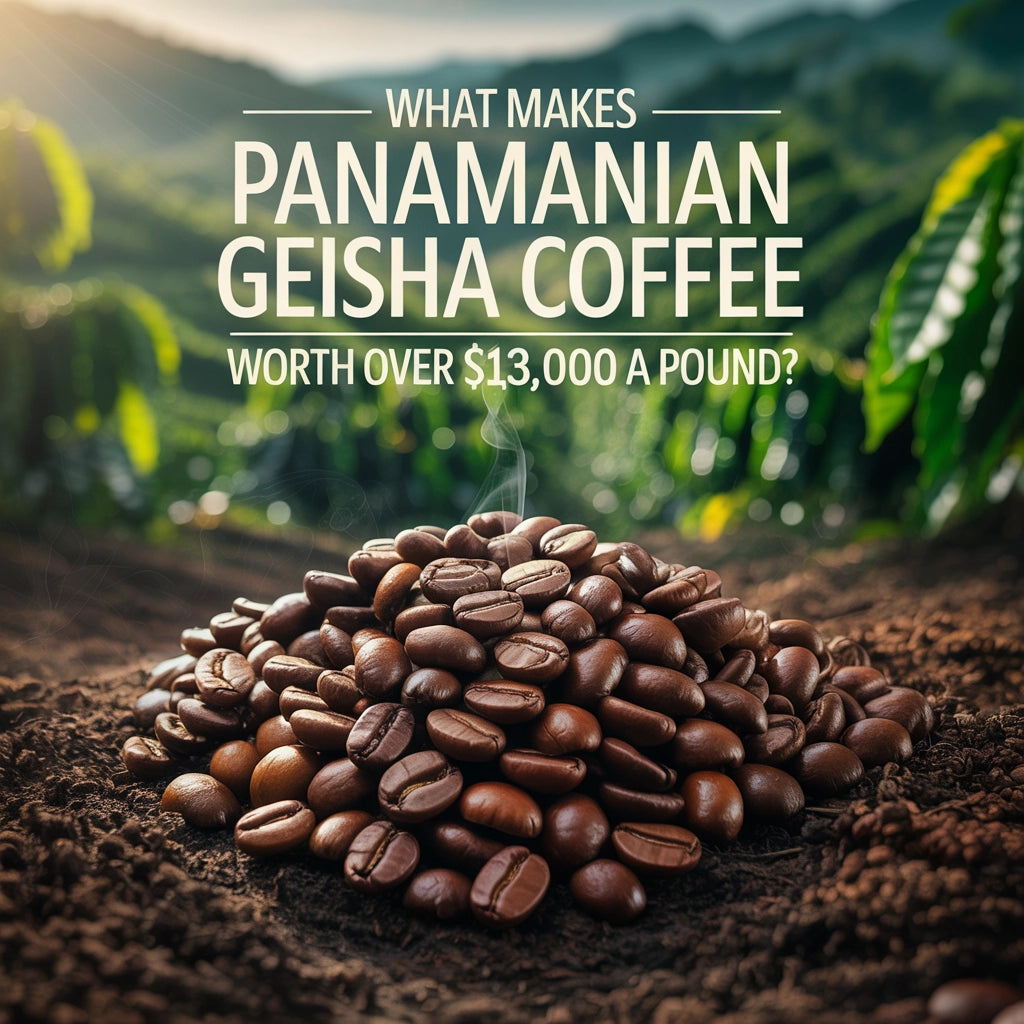
What Makes Panamanian Geisha Coffee Worth Over $13,000 a Pound?
Have you ever heard of coffee costing more than a new car? That’s the reality with Panamanian Geisha, especially after a recent lot from Hacienda La Esmeralda sold for an eye-popping $13,705 per pound at the 2025 Best of Panama auction. So, what actually makes these beans so outrageously expensive, and is it really worth the hype? Let’s break it down.
Exceptional Rarity and Limited Production
First, you need to know that Geisha isn’t your everyday coffee crop. It’s a rare variety that only thrives in very specific mountainous regions of Panama. Tiny microclimates—often just a pocket of land on a single remote hillside—create the perfect storm of altitude, rainfall, and temperature. There’s a reason the story always starts at Hacienda La Esmeralda; for years, it was essentially the only place Geisha grew, and the farm still sets the standard.
Add in the fact that every Geisha cherry is handpicked and sorted by expert harvesters. Unlike mass-produced coffees, there is no corner-cutting here. This painstaking approach is necessary to get the purest, most flavorful cup possible, but it also means every bag is truly limited. There’s simply never enough to meet global demand, and that’s where things really get interesting.
Unparalleled Quality and an Otherworldly Flavor Profile
Okay, so it’s rare. But does it really taste that different? In a word: yes.
Geisha coffee has won just about every major competition in the industry for a reason. It’s famous for being incredibly aromatic and complex. Imagine notes of jasmine, ripe mango, and bergamot—more like a fine tea than the earthy, bitter coffee you might be used to. In expert hands, Geisha can be so delicate and nuanced, it routinely scores top marks from professional coffee tasters and earns raves from pretty much every coffee nerd lucky enough to sip it.
This isn’t only hype and fancy cupping terms, either. Blind tasting after blind tasting, Geisha stands out. Its floral, citrusy, sometimes soft berry notes are so different from anything else that it’s become the gold standard in specialty coffee. Winning awards just keeps feeding the frenzy.
The Auction Scene: Where Coffee Becomes a Collector’s Item
If you’re wondering how someone ends up spending thousands of dollars on a pound of beans, look no further than the world-famous Best of Panama auction. Every year, international buyers—from top roasters to collectors in places like Dubai and Beijing—enter bidding wars over tiny lots of Geisha.
In 2025, the drama reached a fever pitch as 30 out of 50 lots crossed the $1,000 per kilogram mark. The auction brought in more than $2.8 million total, and each bidder’s pursuit of that “ultimate” cup only drove prices higher. The winning buyers weren’t just buying coffee for their shops; they were claiming bragging rights and a slice of coffee history.
This auction energy makes Geisha an investment, not just a luxury drink. Some buyers treat rare-lot Geisha beans like collectable art—a thing to own, show off, and sometimes resell.
A History of Skyrocketing Prices
It wasn’t always this way. Back in 2004, when Geisha started making waves, it sold for $21 per pound—a staggering price at the time. But year after year, the prices just kept climbing. Here’s a snapshot of how quickly things escalated:
- 2017: $601 per pound
- 2018: $803 per pound
- 2019: $1,029 per pound
- 2020: $1,300 per pound
- 2021: $2,568 per pound
- 2022: $6,034 per pound
- 2025: $13,705 per pound
What’s behind this wild ride? Scarcity is a huge part of it, but so is the buzz from top scores at international competitions and a growing global market obsessed with the best of the best. For ultra-premium buyers, the price tag is as much about prestige as it is about taste.
The "Luxury Commodity" Factor
At some point, Geisha coffee stopped being just coffee. Its story—rare origin, hand-picked cherries, and a string of high-profile wins—elevated it into the world of collectible, luxury goods. Each lot comes with its own origin story, competition pedigree, and often a unique flavor note (or three). For some buyers, it’s less about drinking it than being able to say you own something no one else can have.
Plus, as prices rise, savvy investors see Geisha as a commodity that, like vintage wine or rare whisky, might only go up in value. You don’t need to be a hardcore coffee drinker to want in; being part of the Geisha story is enough.
If you love learning about specialty coffee, check out our latest features and how you can taste rare brews with Collins Creek Coffee’s subscription box: Collins Creek Coffee Subscription Box.
Facebook Caption:
Ever wondered why some coffee costs more than a car? Discover what makes Panamanian Geisha worth over $13,000 a pound and the wild world of ultra-luxury coffee collecting!
